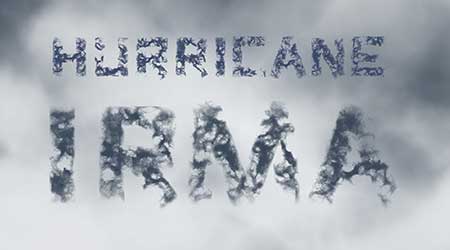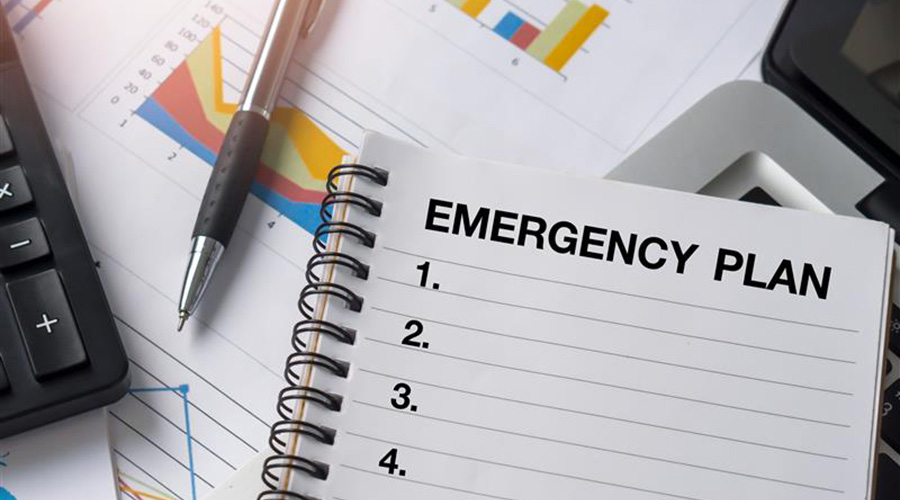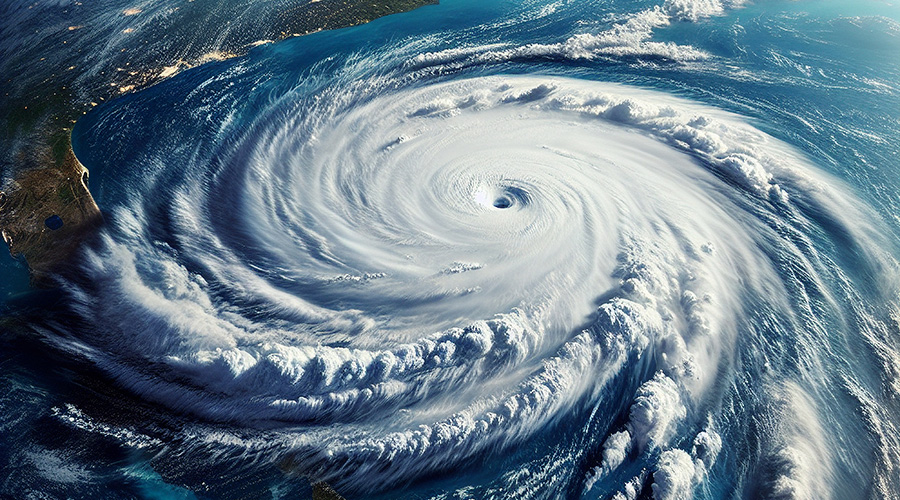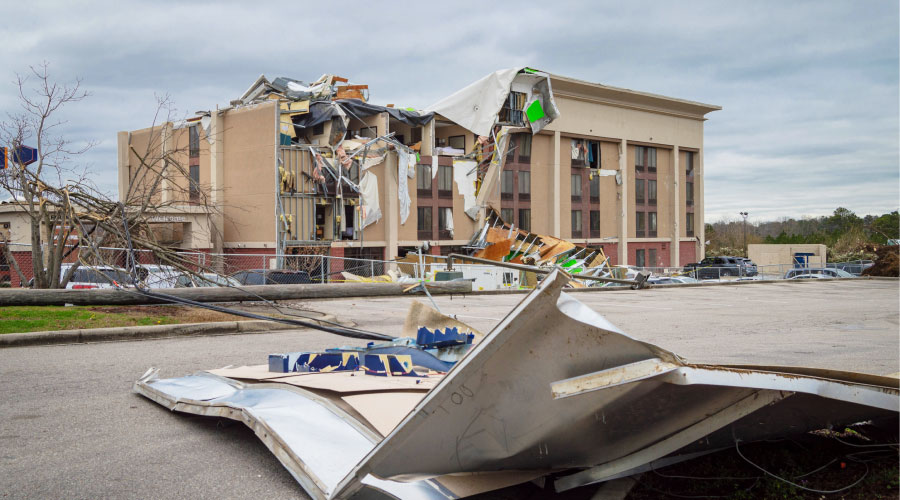Hurricane Irma: Disaster Recovery and Response Lessons Learned
In any disaster, facility managers should always have contingency plans for widespread power outages and lack of communication.
When a disaster hits, several steps can help facility owners and managers respond effectively. The widespread power outages in some areas hit by Irma led to communication challenges, Nooney says, especially for firms that hadn’t established contact points outside the storm area. Both facilities managers and tenants should establish communication plans that include points of contact both within and outside the region. “Many tenants had local tenant contacts and didn’t get our communications,” Nooney says.
It’s also critical to consider the impact a natural disaster can have on the demand for specialized service providers like certified roofing contractors and industrial hygienists, Romero says. While individuals with less specialized skills, such as landscapers, were more readily available after Irma, “specialized service providers were just simply overwhelmed,” and couldn’t quickly meet the demand, he says.
Another point to keep in mind, Miccolis says, is that all calamities impose costs no insurance policy covers. This includes the stress placed on employees and customers, some of whom will need to manage disruptions in their personal lives, such as major home repairs or children that have to enroll in different schools. For even the most dedicated employees, these disruptions can impact their ability to return to a normal work schedule.
Future disasters?
How should disaster response change if, as some predict, the frequency of natural disasters increases? The weather events of 2017, including storms, hurricanes, wildfires, and tornadoes, wrought more than $300 billion in property damage; at least 16 disasters will end up costing more than $1 billion each, Climate.gov reports.
It’s possible building codes may get even tighter. For instance, future regulations may require buildings be built higher up, Douglas says. Building higher up can be done two ways. For larger structures such as office buildings, the first floor or two or three become a parking garage, so the actual first floor is at least ten feet off the ground. The second way is to put more dirt under a structure before you build it, raising it up a few feet higher. Some communities are starting to require the raising of buildings one way or the other before they will issue new permits.
Douglas also notes that there are questions about building in areas that are vulnerable to rising sea levels. There is an argument that barrier islands like Miami Beach were never meant to be built on, and are sinking under the weight of so many structures. And then there’s the impact of climate change on sea levels. Whatever the cause, Douglas says, there is more water intrusion into coastal communities today than there has been in the past.
Along with code changes, several philosophical issues need to be addressed. One is location — does it make sense to build densely in areas vulnerable to major weather events? Another is finding the balance between evacuation policies and investing in stronger buildings and infrastructures, Bardet notes. Wholesale evacuation of communities isn’t always practical or even possible for a certain percentage of the population, he says.
What is clear is that strong, enforced building codes, as well as voluntary decisions to mitigate risk by using superior construction standards “is being validated all the time,” Miccolis says. Facilities designed and built to withstand extreme weather events save both lives and money when those events occur.
Karen Kroll, a contributing editor for Building Operating Management, is a freelance writer who has written extensively about real estate and facility issues.
Related Topics:


















